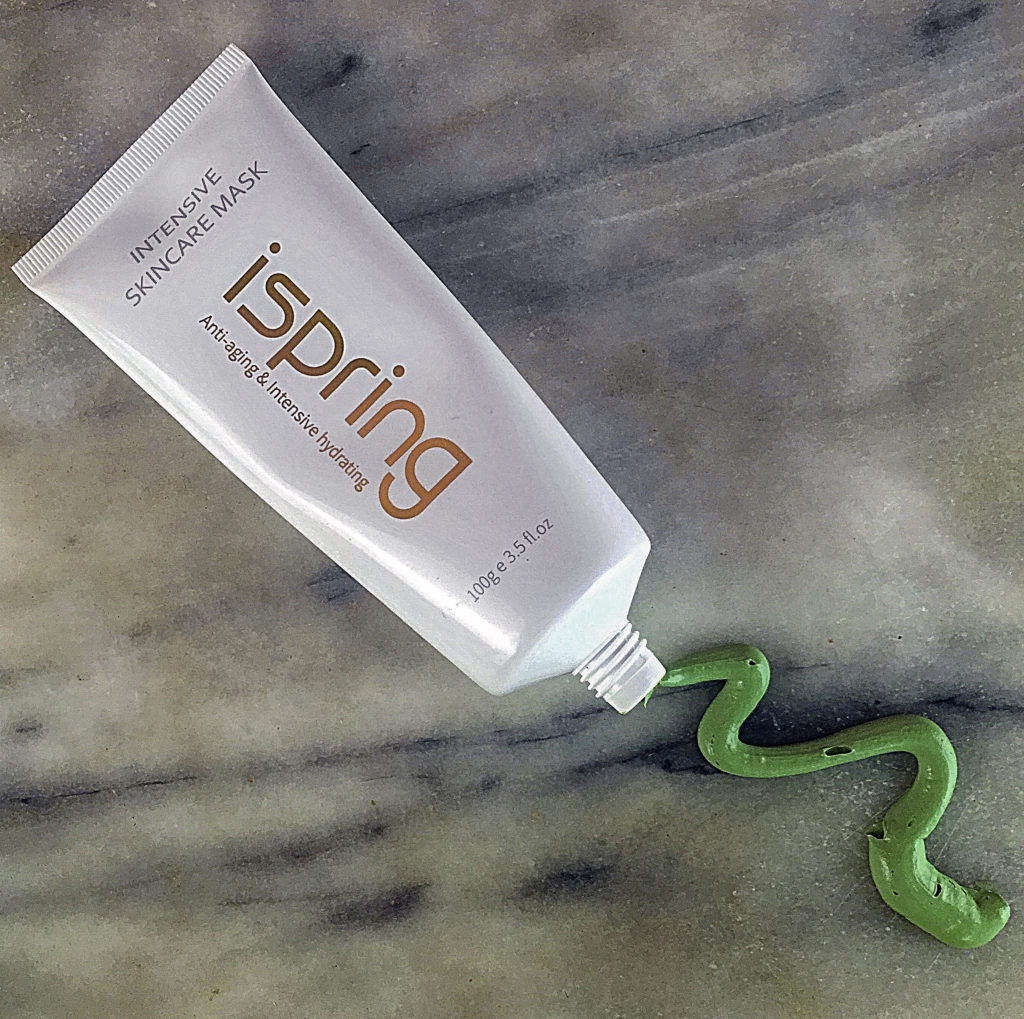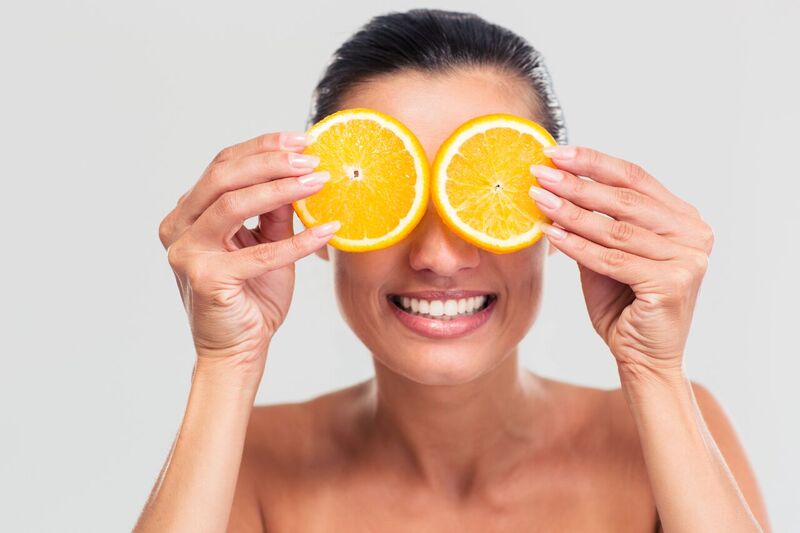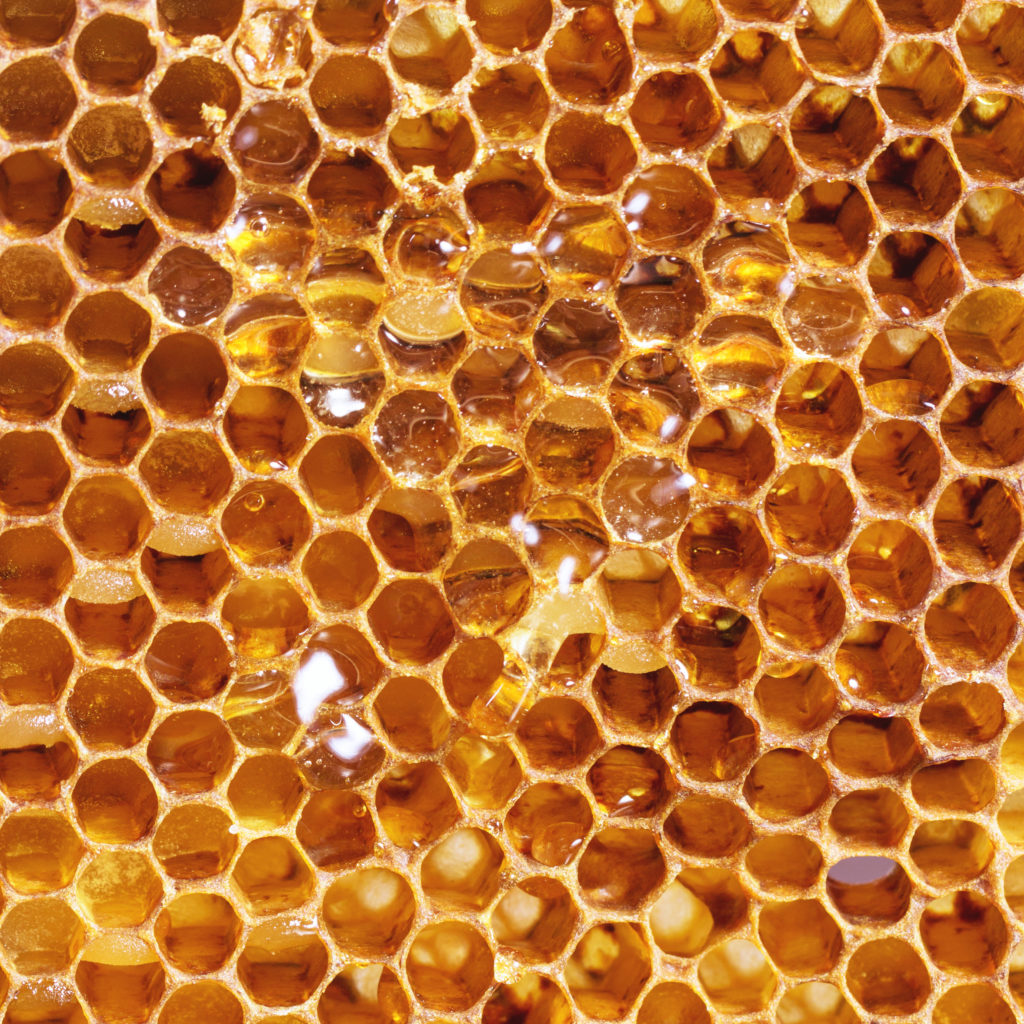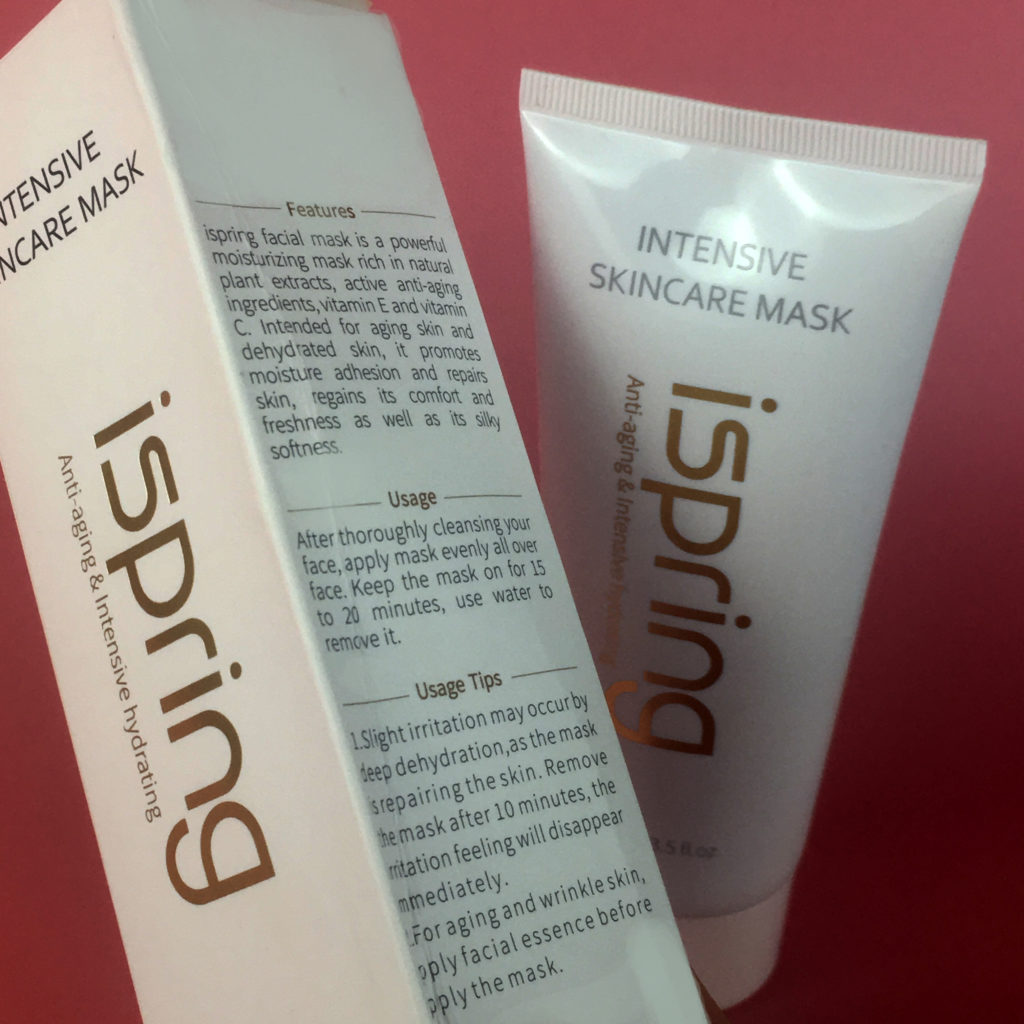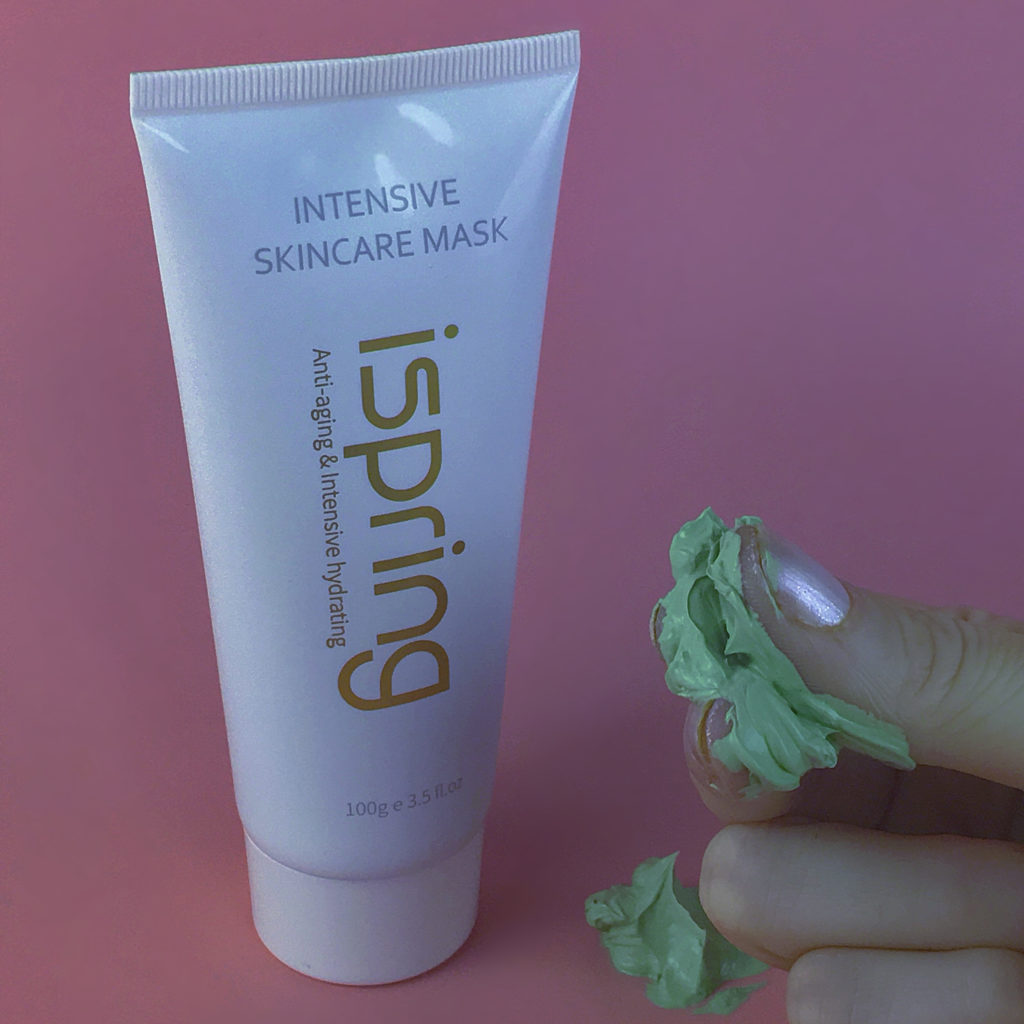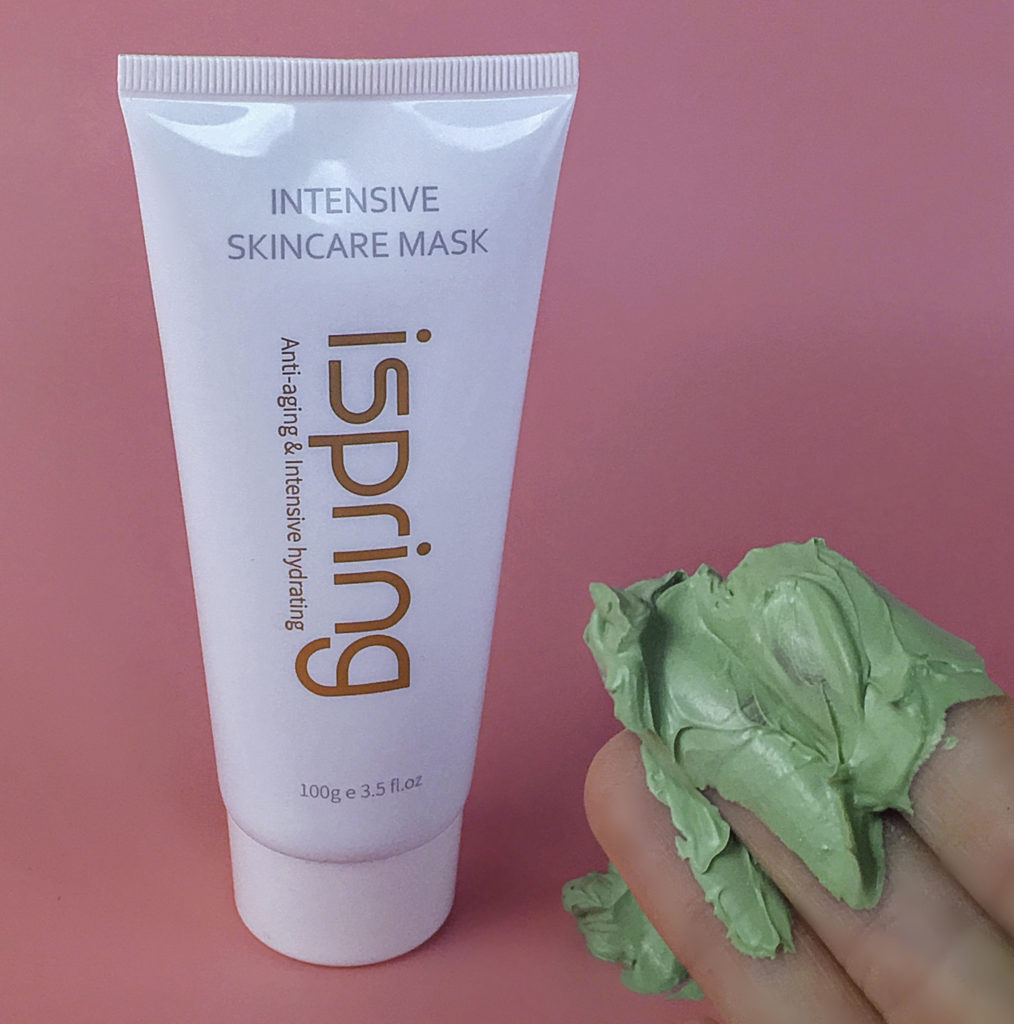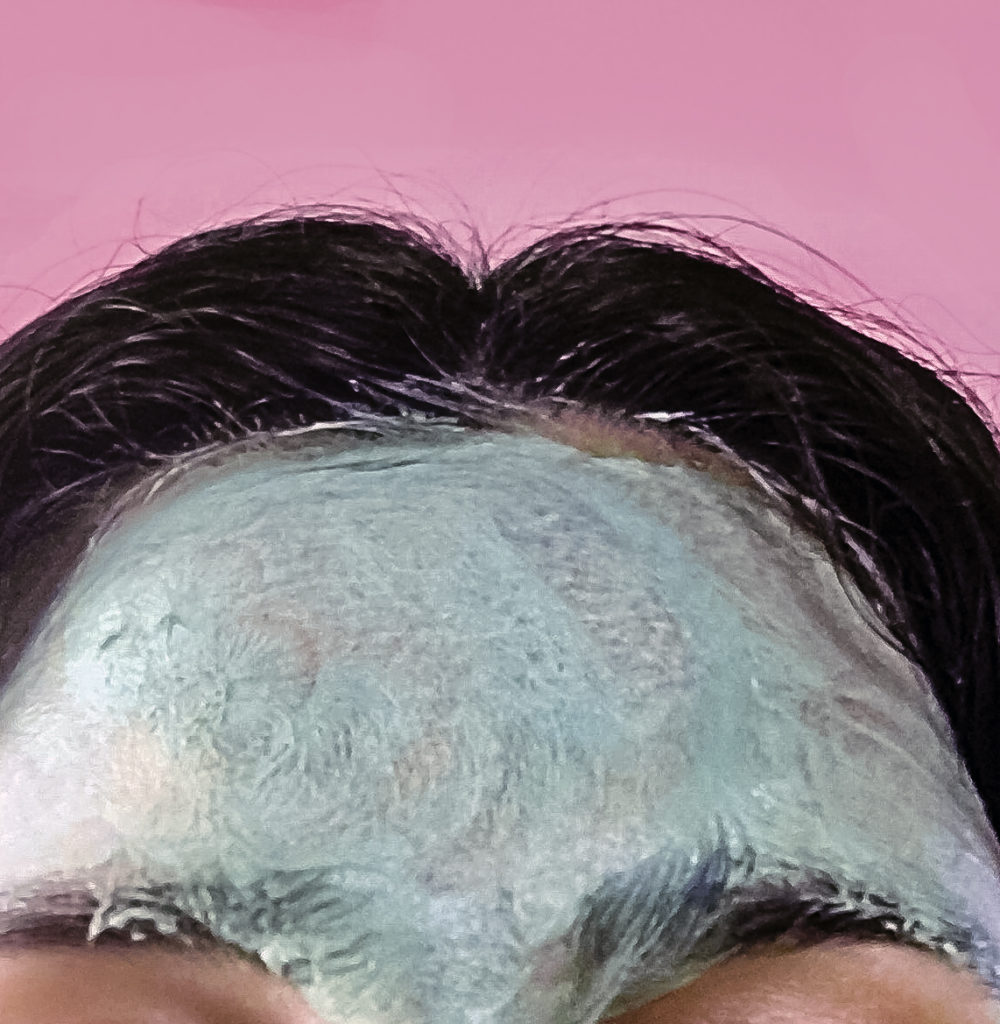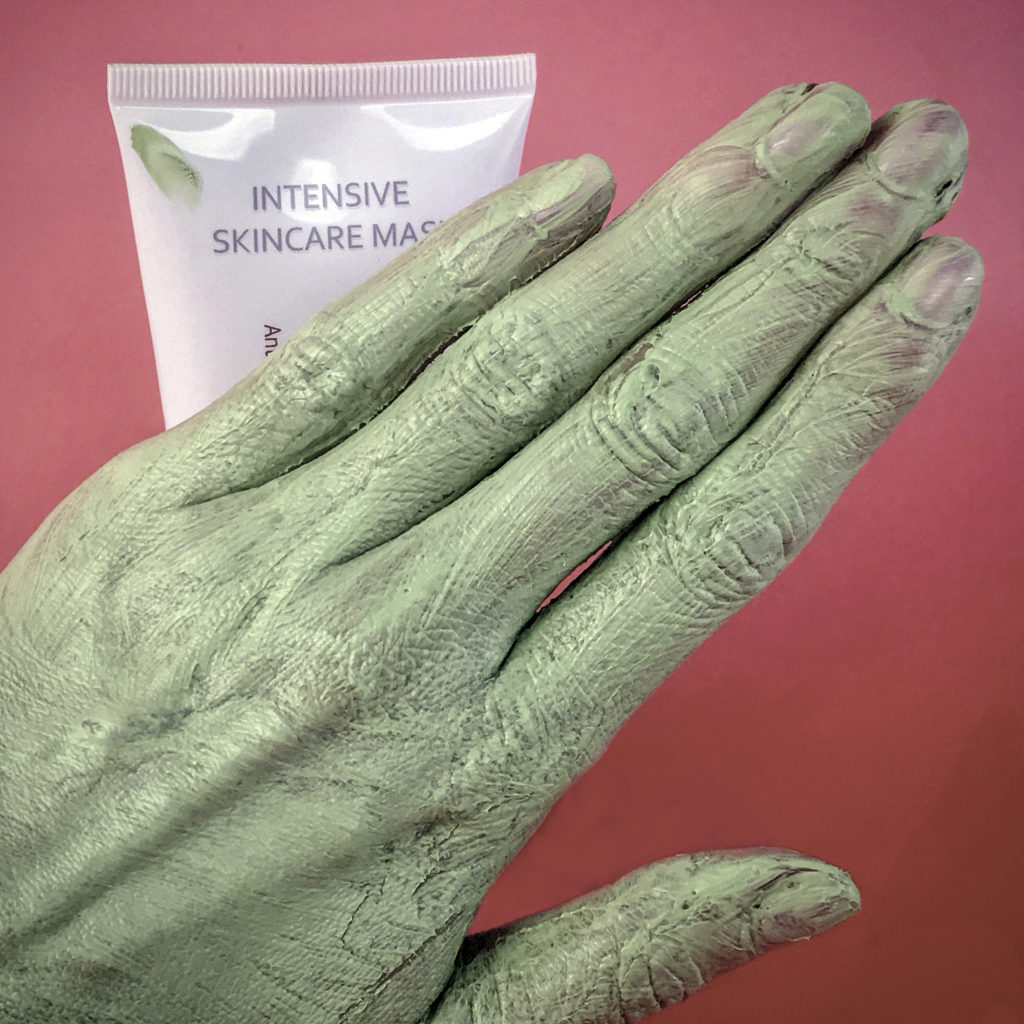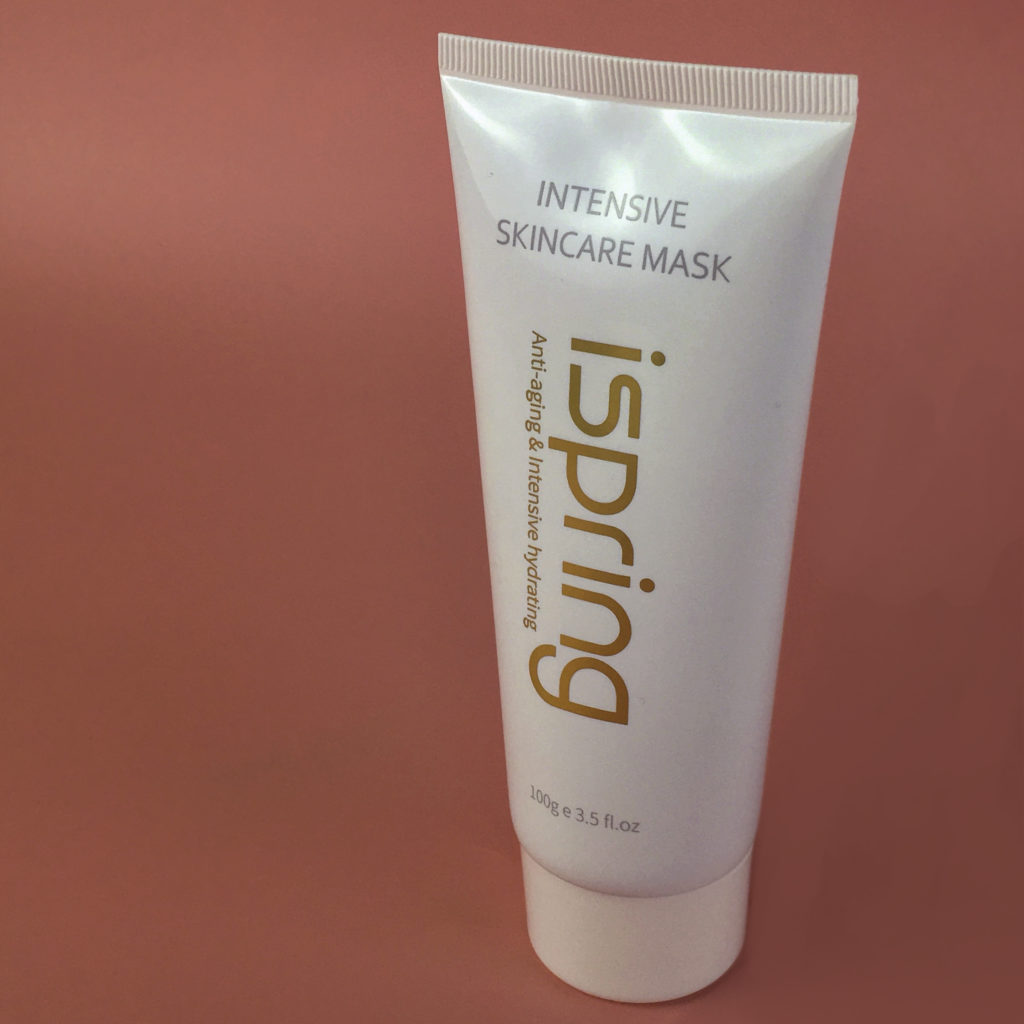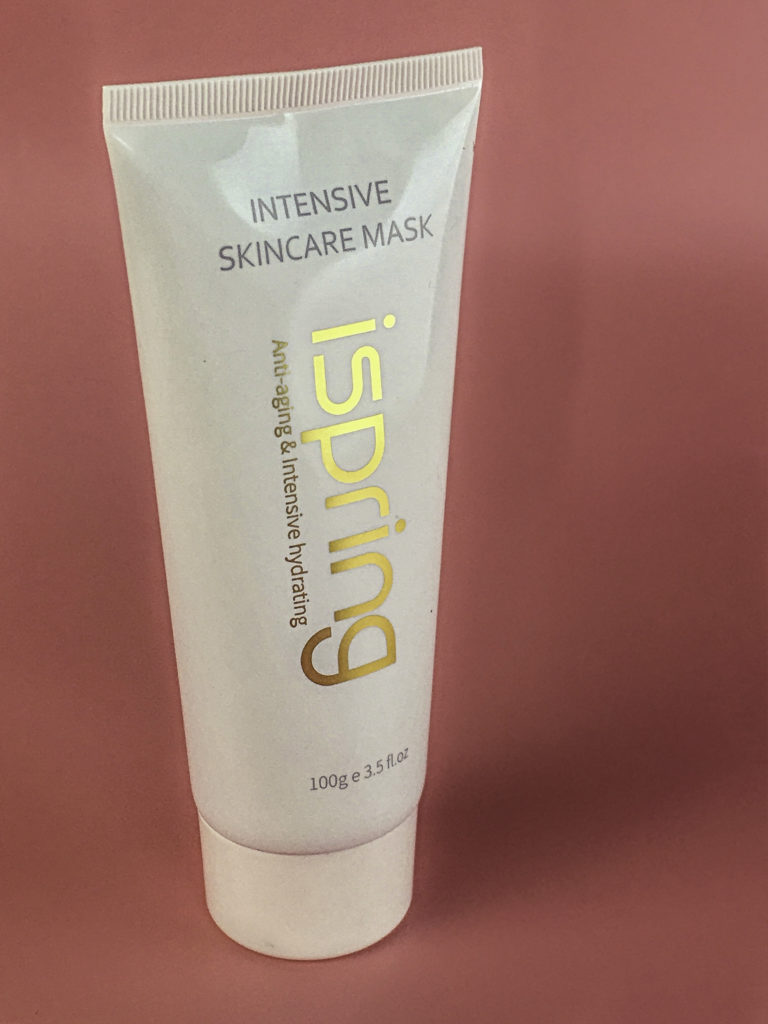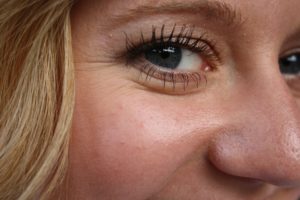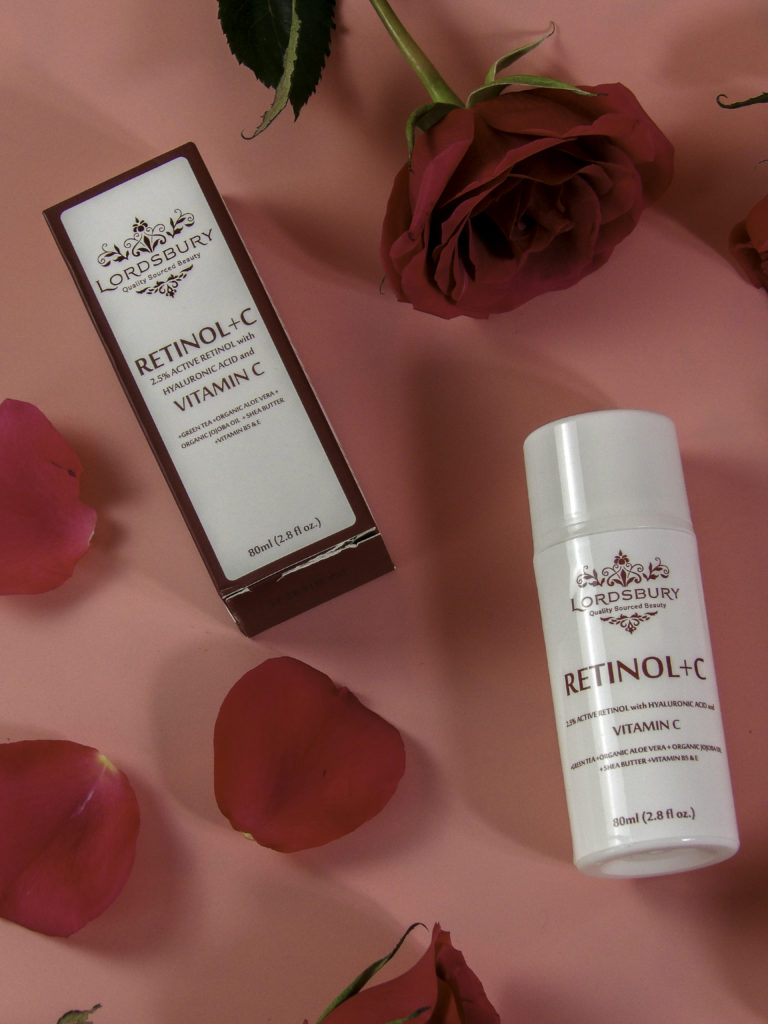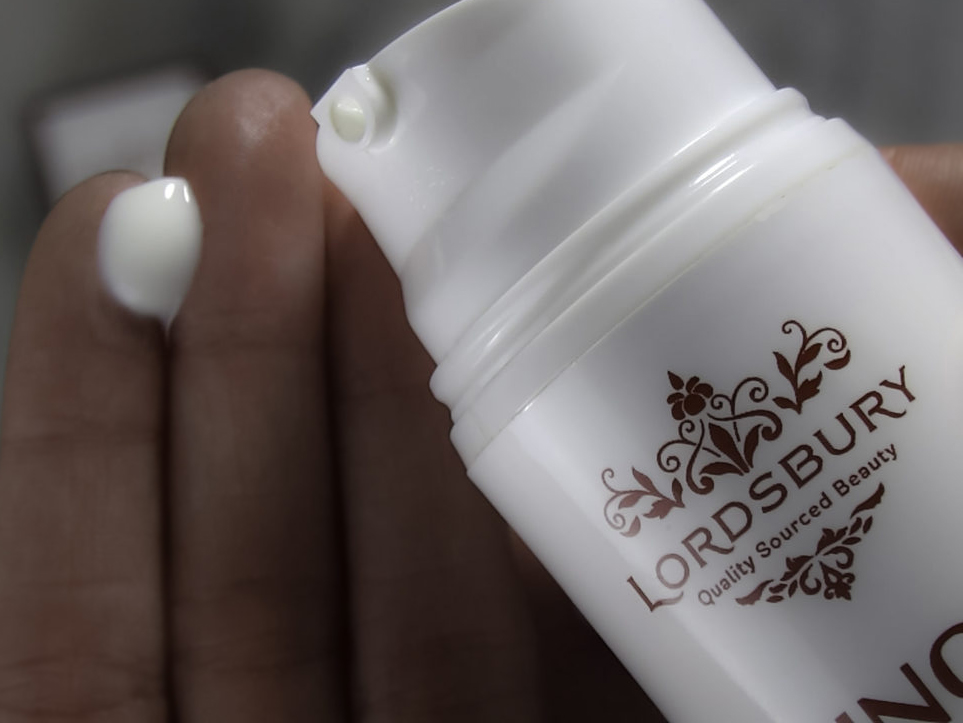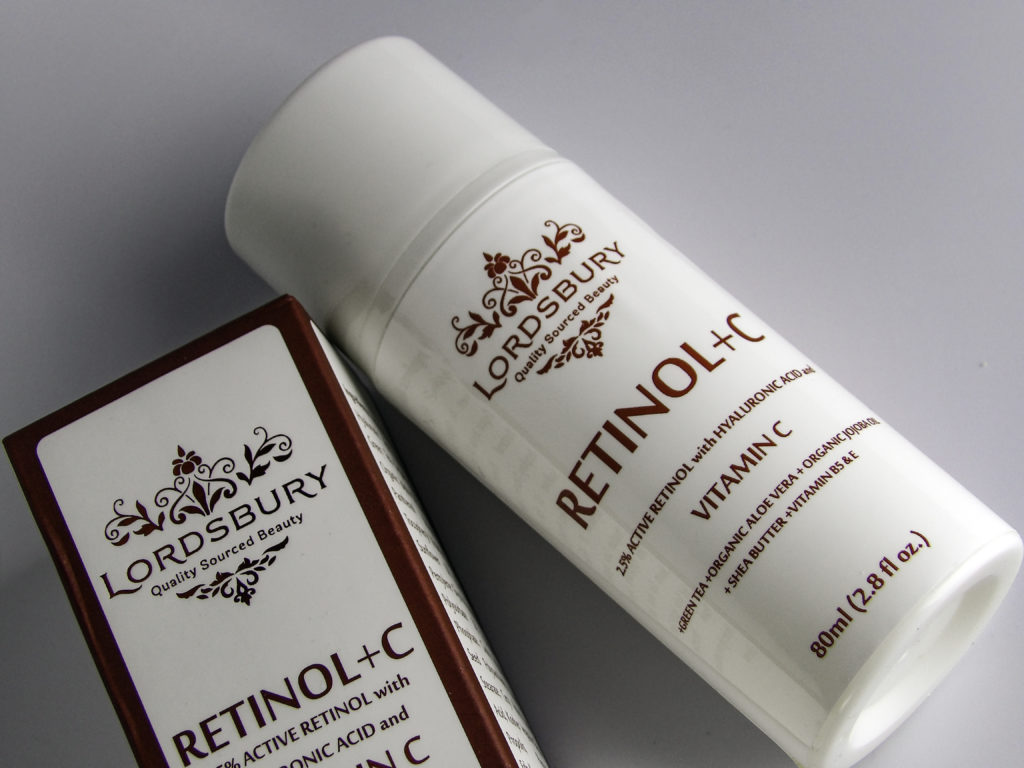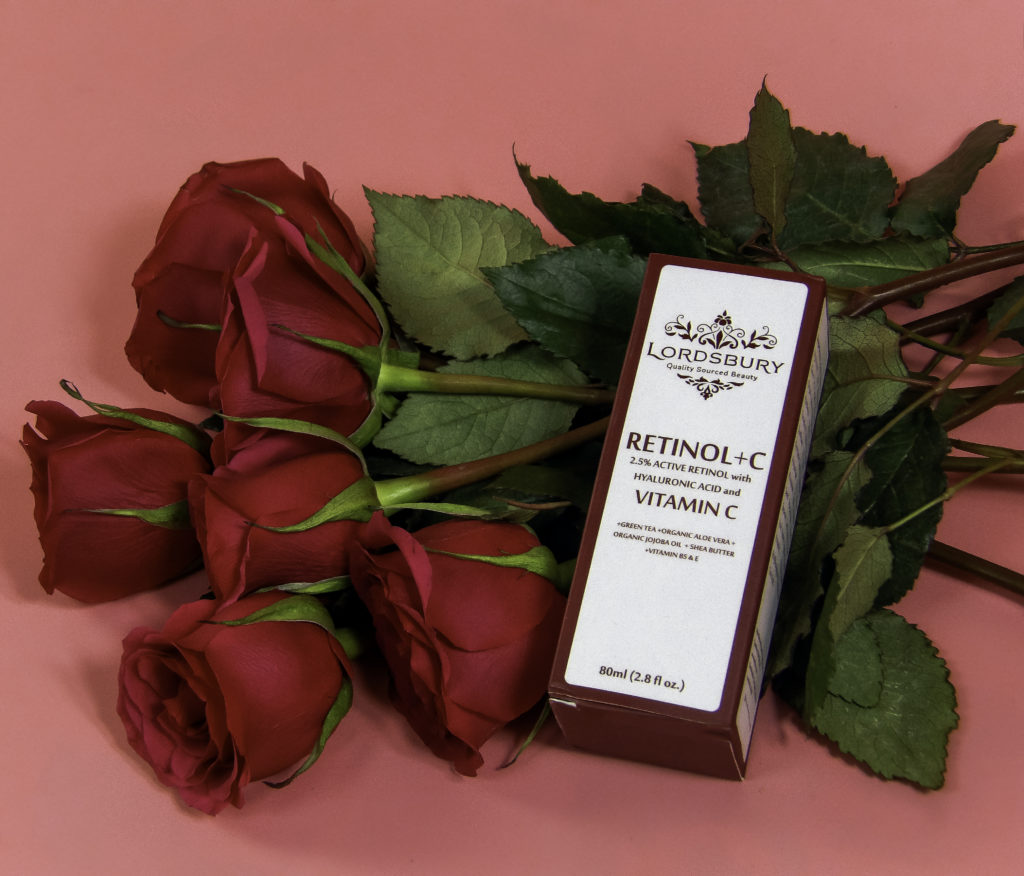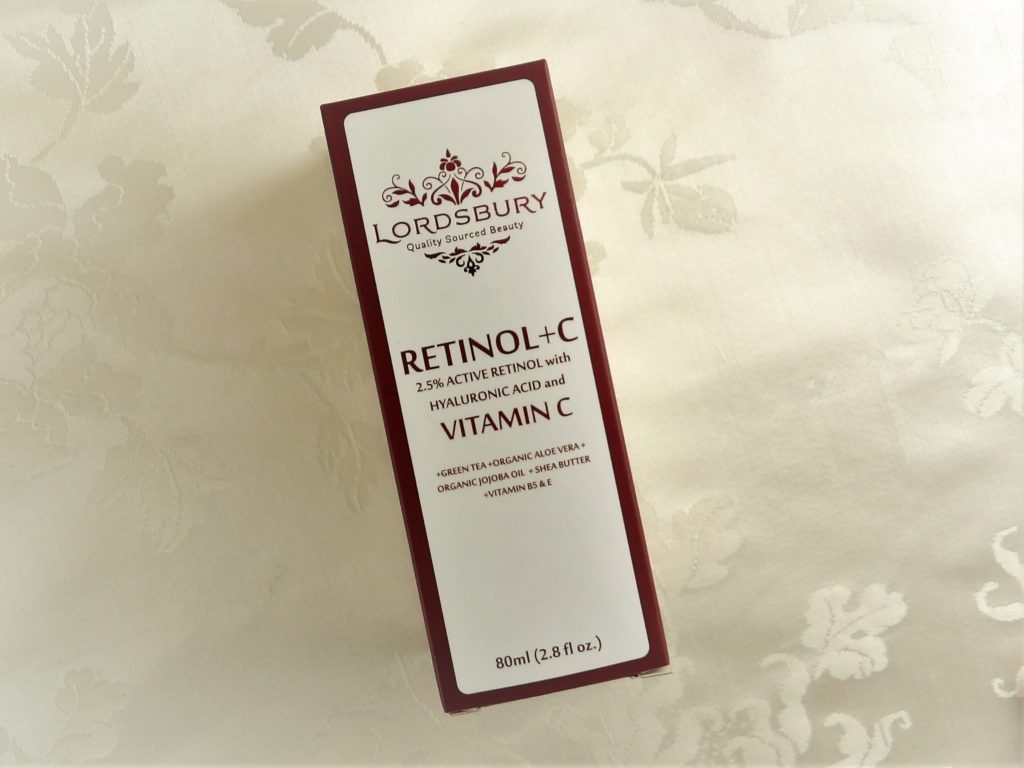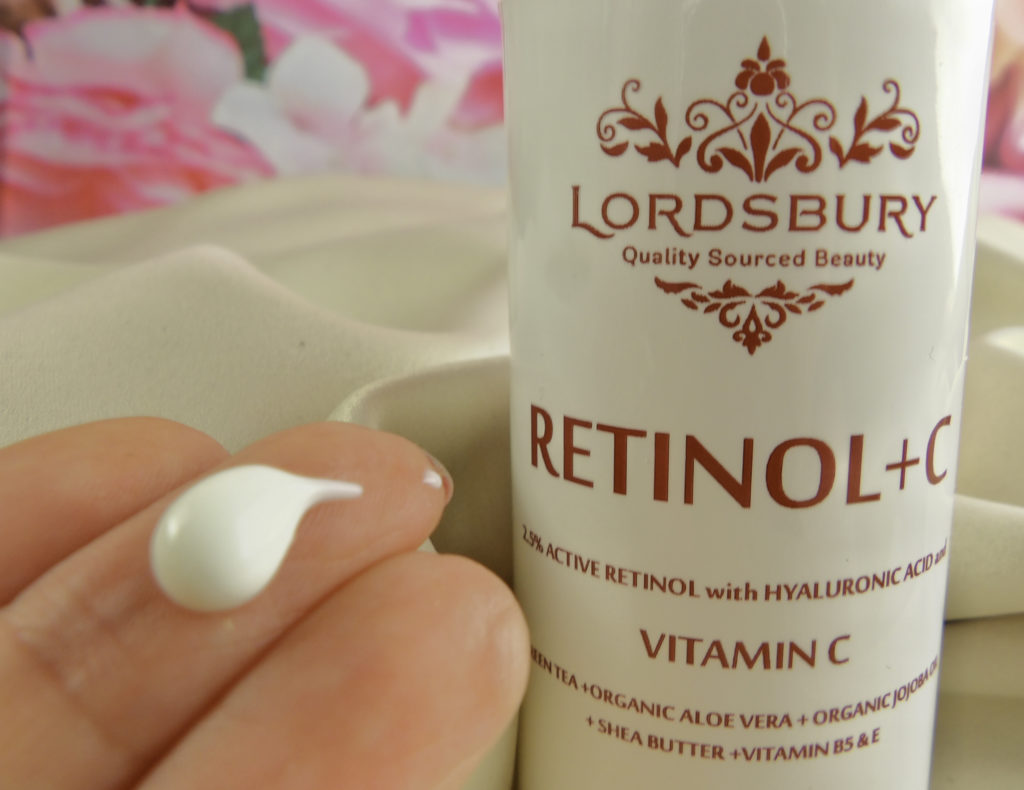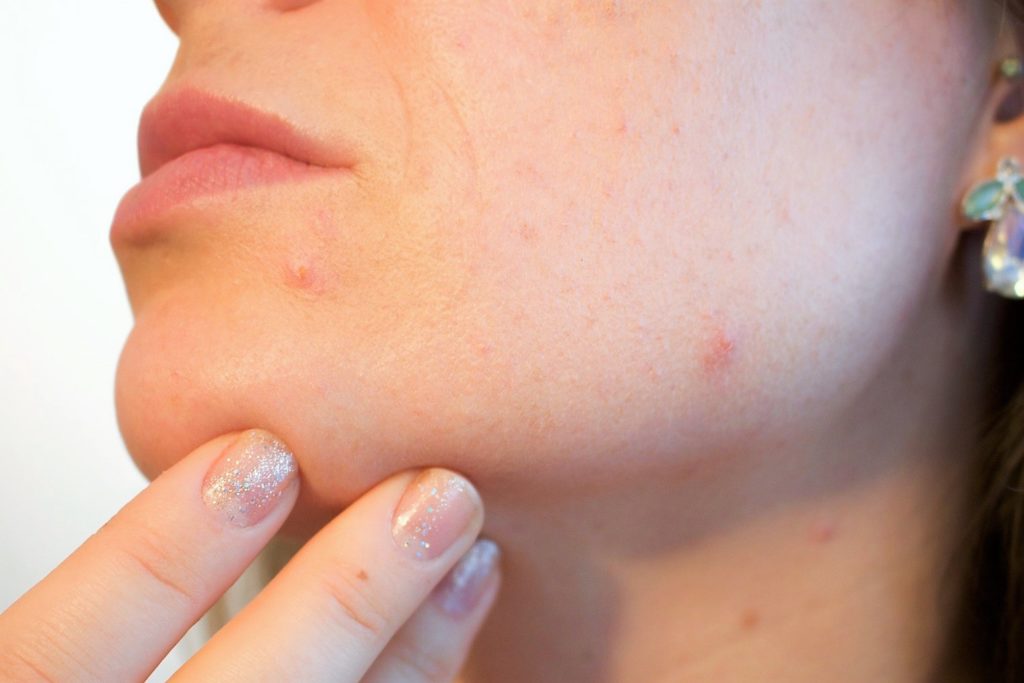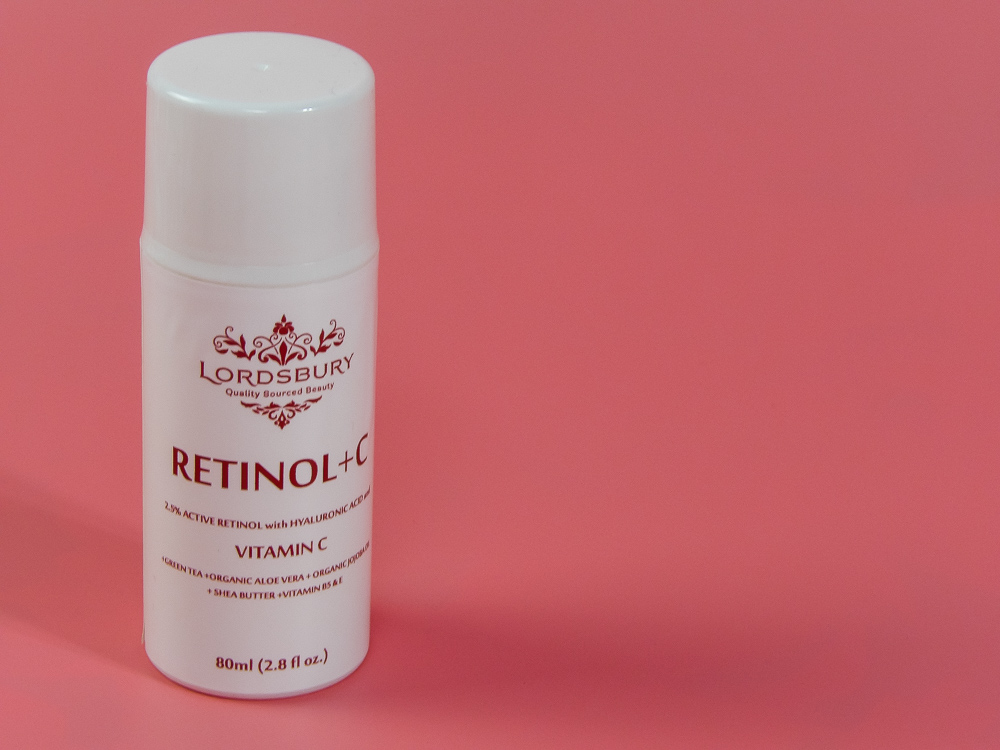Definition Guide for skin and hair care terms. Glossary of natural ingredients with meaningful results. Updated regularly.
A | B | C | D | E | F | G | H | I | J | K | L | M
N | O | P | Q | R | S | T | U | V |W| X | Y | Z
H
- Haematococcus Pluvalis Extract
- Haematococcus Pluvalis Extract is a freshwater species of algae. [1] It is a natural source of Astaxanthin.
Hair Texture- Hair texture is classified by hair diameter and strength. Generally, the hair is considered as fine, medium and coarse. Each hair texture has different moisture and protein level needs. Hair texture defines how hair should be cared for, and what oils and ingredients to use to keep hair in the best condition.
- Hair Texture, Fine
- Fine hair is the narrowest diameter. It is not thin hair, but it is delicate and prone to breakage. Often baby soft and silky, most conditioning products are too heavy for fine hair and make the hair appear flat. Hair coloring can make fine hair brittle. Light oils such as apricot benefit fine hair.
- Hair Texture, Medium
- Medium texture hair is the most common. It is more resilient than fine hair but does not appear as silky. It can be straight or wavy. Medium hair requires a balance of nourishment and hydration.
- Hair Texture, Coarse
- Coarse texture hair is strong and thick. It can tolerate a fair amount of heat and processing. It has a wide diameter which gives it more surface to lose moisture. Because of this, coarse hair is not naturally dry but often becomes dry. It requires consistent hydration with moisturizing shampoos and humectant conditioners and styling products.
-
Hard water
- Hard water contains minerals and heavy metals that can cause hair cuticle damage. It can also turn hair color brassy and impair the impact of hair treatments. These damaging minerals can be removed through a shower water filter or hard water clarifying shampoos or treatments.
- Helianthus Annuus Seed Oil
- Helianthus Annuus Seed Oil is Sunflower Oil. Sunflower Seed Oil is hydrating, nourishing and an excellent “supporting†oil base. It retains moisture in the skin and is also rich in vitamin E. Sunflower oil retains moisture in brittle hair, thereby reducing hair breakage. Read How to use Sunflower Oil for Hair and Skin.
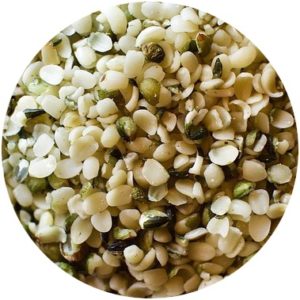
Hemp Seeds
- Hemp Seed Oil
- Hemp Seed Oil is high in Omega-3, 6 and 9 fatty acids. It is also high in Vitamins A, E, and D. Hemp Seed Oil comes from the seeds of the Cannabis sativa plant. Hemp Seed Oil doesn’t contain the same compounds as the plant but has the nutrients and fatty acids. It reduces acne, prevents hair breakage, and hydrates the scalp. NOT the same as CBD.
- Henna
- Henna strengthens brittle hair cuticles and reduces breakage. It also can loosen a natural curl. Henna works most efficiently when combined with extracts like Amla and Shikakai.
- Hesperidin
- Hesperidin is a plant flavonoid from citrus fruits like sweet orange and lemon. [2] It has been shown to help reduce the appearance of skin discoloration and it inhibits future overproduction of melanin. [3] It is collagen and fibroblast protective and reduces the appearance of sun damage [4]. This antioxidant anti-inflammatory soothes the skin. [5] Sweet Orange is high in Hesperidin.
- Hippophae Rhamnoides Oil
- Hippophae Rhamnoides Oil is sea buckthorn. Sea Buckthorn oil is extracted from small orange berries. It benefits hair, scalp and skin. Sea Buckthorn Oil is like a who’s who of nutrients including vitamins A, B1, B2, C, D, E, K, and P; carotenoids; flavonoids; amino acids; phenols; folic acid; organic acids; 20 mineral elements, and essential fatty acids. It uniquely contains all four omegas: omega-3, omega-6, omega-7, and omega-9. It feeds hair and nourishes the scalp.[6]
-

Hippophae Rhamnoides, AKA Sea Buckthorn berries
- Hibiscus
-
Hibiscus naturally firms skin. It also contains Vitamin C to treat acne, scars, and eczema. It is called the Botox plant because it retains the skin’s elasticity, making it look younger for longer, and treats fine lines.
Honey
Honey is a natural antibacterial and moisturizing humectant. Raw honey is a gentle spot acne treatment and anti-aging antioxidant. Honey is a pore clarifier and a moisturizer. Honey diluted with a fatty oil is a hair and scalp moisturizing masque.
-
Honeysuckle
- Honeysuckle Flower Extract (Lonicera Caprifolium) and Lonicera Japonica (Japanese Honeysuckle) Leaf Extract are anti-inflammatories suitable for highly sensitive skin.
- Holy Grail Product HG
- A Holy Grail product, often denoted as an “HG”, is a phrase used to describe the products that are considered a “must-have” product for skin and hair care.
- A product that meaningfully reversed a skin or hair or other problem, without which a beauty goal would not be achieved.
-
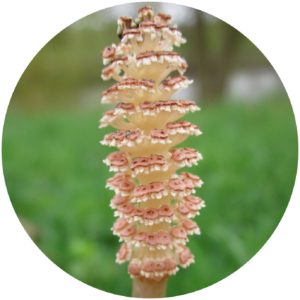
Horsetail
Horsetail Plant Extract
- Horsetail Plant Extract is used in skincare and occasionally hair conditioners because it has has antioxidant, anti-inflammatory and anti-aging properties. It reduces redness and soothes skin. Horsetail makes for more flexible skin, especially in connective skin layers and tissue. Horsetail adds strength to connective skin layers to keep the skin structure as pliable yet taut. Horsetail also lightens discoloration, particularly the dark shadow area of wrinkles.
- Humectant
- Humectant ingredients slow down the loss of moisture from a product during use to keep hair and skin hydrated for longer periods of time.
- Hyaluronic Acid
- Hyaluronic Acid retains moisture and increases the effectiveness of other ingredients. Hyaluronic acid holds its’ weight in moisturizer, plumping the skin, making fine wrinkles and mild sagging disappear temporarily. It also drives active ingredients to deep skin layers for better results. Read more about Hyaluronic Acid and how to use it here.
- Hydrogenated Castor Oil
- Hydrogenated Castor Oil is made from castor bean oil with added hydrogen. This make it a semi-solid waxy form that is firm but spreadable. It is a stable and safe ingredient that delivers the benefits of castor oil including moisture retention. Castor Oil thickens acts as a humectant for frizzy hair.
- Hydrolyzed Collagen
- Collagen is the scaffolding of skin. We lose it as we age. Less collagen means more sagging. Hydrolyzed Collagen is broken down into smaller pieces to penetrate the skin.
- Hydrolyzed Rice Protein
- Hydrolyzed Rice protein is a secret hair weapon because it contains Inositol.
Inositol repairs hair breakage and damage. It penetrates deeply into the hair and helps repair the broken hair bonds.
Hydrolyzed Rice protein also contains Antioxidants, Vitamin B6, Vitamin E, and amino acids.[7]
- Hydrolysed Keratin
- Hydrolysed Keratin is used for hair that has sustained cuticle damage. Hair cuticle damage can lead to keratin loss. Hydrolysed Keratin-containing hair care products can temporarily fill in hair-cuticle gaps.
- Hydrolysed Silk
- Hydrolysed Silk Proteins are found in some shampoos and conditioners that make the hair feel stronger and appear shiny. Hydrolyzed Silk works for stressed, depleted hair by reducing hair breakage by building protein bonds in the hair to make it strong and shiny again. It is Hydrolyzed, or broken down in water, from pure silk fibers into silk amino acids which are small enough to penetrate the hair follicle and scalp.
- Hydroquinone
- Hydroquinone is used for the reduction of pigment in dark spots. While highly effective, but somewhat harsh. Results can be more uneven and unpredictable compared to in-office lasers or kojic acid products.
- Hyperpigmentation
- Hyperpigmentation excessive pigmentation typically seen as dark spots or brown mottling in an area. Often the result of sun damage or medications. Often responds well to Vitamin C serum and retinol treatment
- Hypodermis
- The fatty layer of skin, fat, and collagen cells.
- Hypoallergenic
- A product less likely to cause an allergic reaction based on avoidance or limited use of a known set of common allergen-causing ingredients.
References
- Davinelli S, Nielsen ME, Scapagnini G. Astaxanthin in Skin Health, Repair, and Disease: A Comprehensive Review. Nutrients. 2018 Apr 22;10(4):522. doi: 10.3390/nu10040522. PMID: 29690549; PMCID: PMC5946307.
- Garg A, Garg S, Zaneveld L, Singla A. Chemistry and pharmacology of the Citrus bioflavonoid hesperidin. Phytother Res. 2001;15(8):655-669
-
Zhu W, Gao J. The use of botanical extracts as topical skin-lightening agents for the improvement of skin pigmentation disorders. J Investig Dermatol Symp Proc. 2008;13(1):20-24.
-
Proteggente A, Basu-Modak S, Kuhnle G, et al. Hesperetin glucuronide, a photoprotective agent arising from flavonoid metabolism in human skin fibroblasts. Photochem Photobiol. 2003;78(3):256-261.
-
Parhiz H, Roohbakhsh A, Soltani F, Rezaee R, Iranshahi M. Antioxidant and anti-inflammatory properties of the citrus flavonoids hesperidin and hesperetin: an updated review of their molecular mechanisms and experimental models. Phytother Res. 2015;29(3):323-331.
- Zieli„ska, A., & Nowak, I. (2017). Abundance of active ingredients in sea-buckthorn oil. Lipids in health and disease, 16(1), 95. doi:10.1186/s12944-017-0469-7).
- Rigo, L.A.; da Silva, C.R.; de Oliveira, S.M.; Cabreira, T.N.; de Bona da Silva, C.; Ferreira, J.; Beck, R.C. Nanoencapsulation of rice bran oil increases its protective effects against UVB radiation-induced skin injury in mice. Eur. J. Pharm. Biopharm. 2015, 93, 11-17.
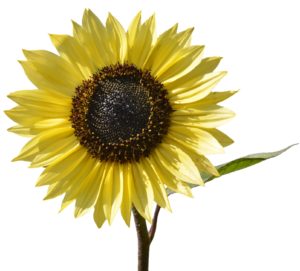
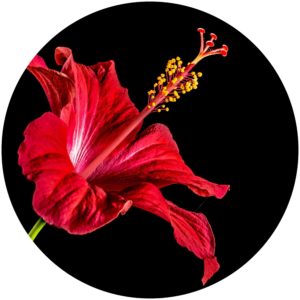
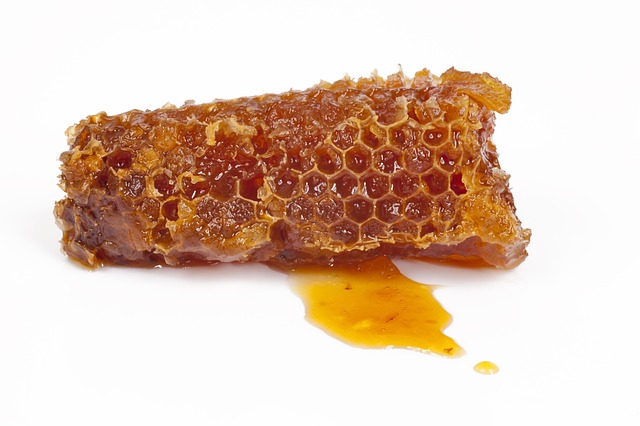
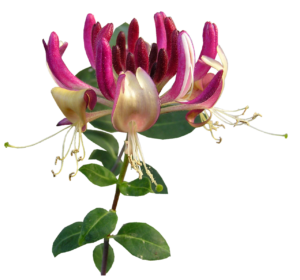
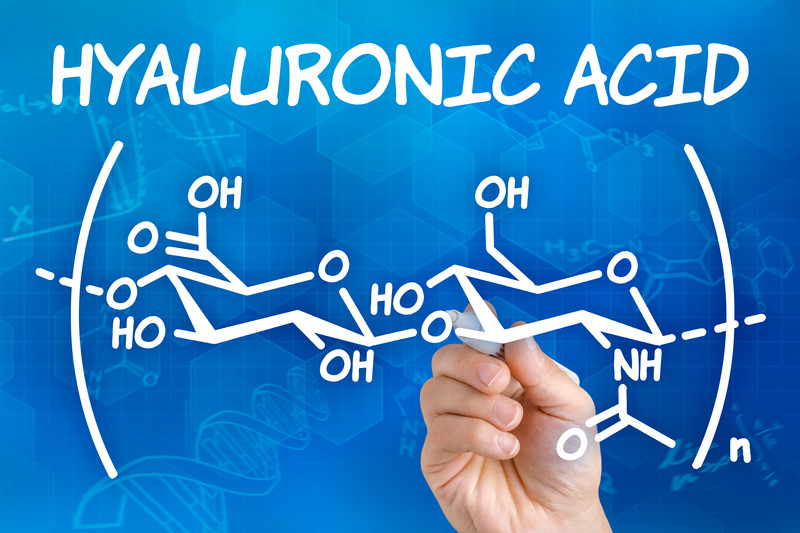

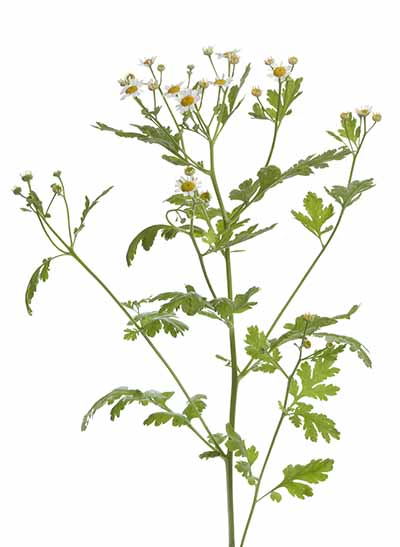
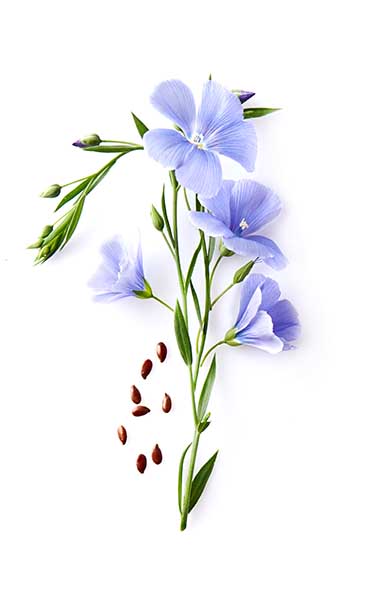

 Fruit Acid Wash
Fruit Acid Wash